All about broccoli "Lord F1"
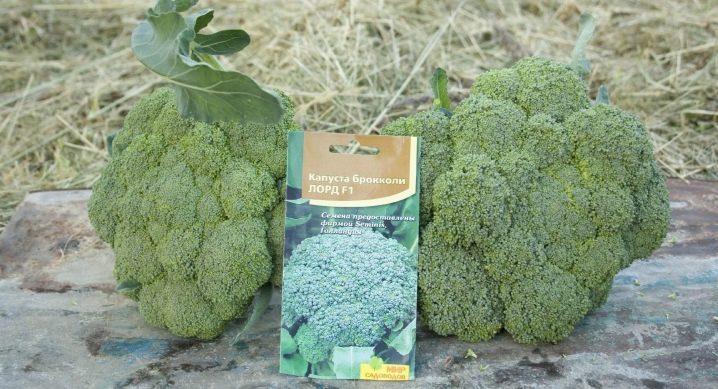
Broccoli is not uncommon on the plate for healthy lifestyle enthusiasts. They are well aware of how rich this vegetable is in vitamins and minerals. Those who dare to follow a good example can grow cabbage in their garden. Most of all, the variety "Lord F1" is suitable for growing in the country - it is unpretentious, with good yields and is ready to grow even with a beginner. In addition, the heads of the variety are neat and they look great.
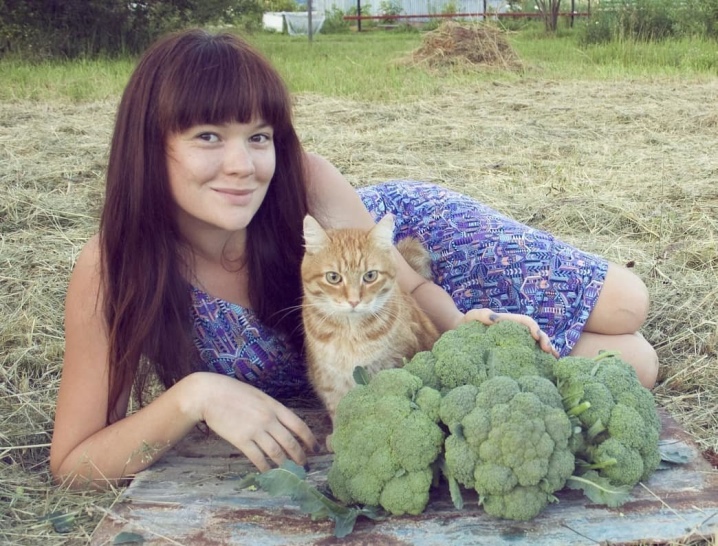
general description
"Lord F1" cannot be grown from his own seeds, because he is a hybrid bred by the Dutch, and hybrids, as is known, do not retain the characteristics of the parent plant.
Cabbage grows in all regions of our country, as it is unpretentious and tolerates temperature fluctuations well in the direction of heat and cold.
The plant is large, more than one and a half meters in height, with a strong stem and large leaves. The heads are round and slightly compressed, weighty, and have a homogeneous structure. Fruit weight varies from 700 g to one and a half kilograms.

After cutting the central head, small lateral fruits are formed (about 200 g each), the number of which often reaches 10 pieces. Side forks appear until the very frost. On average, one bush can produce up to 3 kg of a useful product.
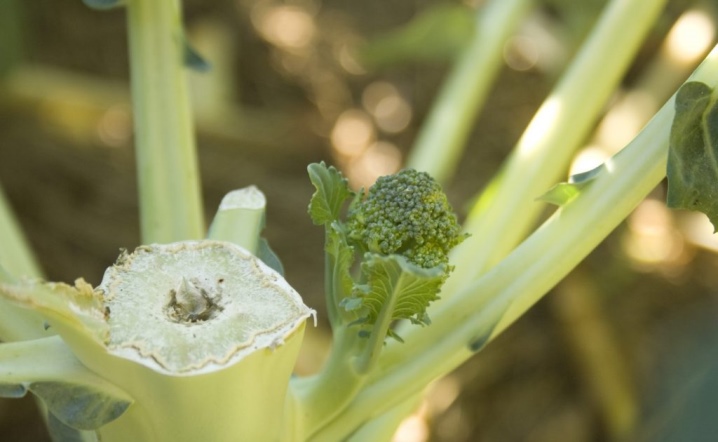
The cabbage is early ripening, and 2 months after planting it is ready to harvest. Do not plant the plant in early spring - this leads to the formation of barren flowers. "Lord F1" is excellently grown in late spring, summer and autumn.

Growing seedlings
Cabbage is planted by seeds directly into the soil or seedlings. Seedlings are planted 30-45 days before planting them in the ground. This can be done from the beginning of March to the last days of April. The whole growing process takes place as follows.
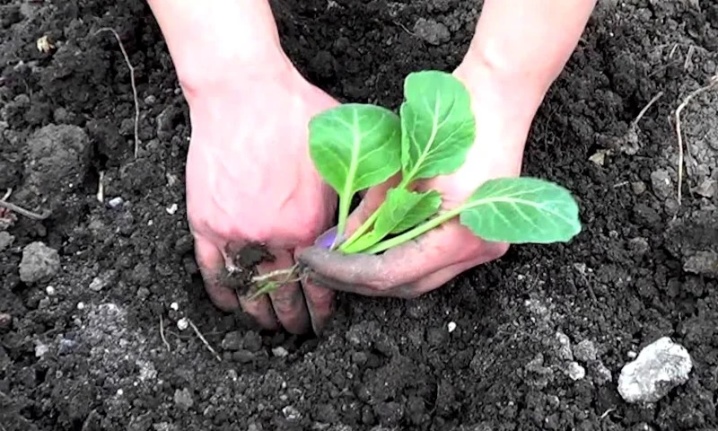
Seed preparation
If the packaging with the planting material does not indicate that it has already been processed by the manufacturer, then you need to do it yourself.
-
To do this, the seeds are soaked for half an hour in a weak solution of manganese (disinfected).
-
The planting material is activated by a temperature difference - first, it is immersed in water with a temperature of 45-50 degrees for 15 minutes, and then in cold water - 10 degrees.
-
For half a day, the seeds are kept in a growth stimulator of the Epin type.
-
The planting material is hardened by placing it on a damp cloth and placing it in the refrigerator for 2 days.

Soil preparation
Broccoli needs a nutritious and light soil, it is purchased at retail outlets for gardeners, or prepared independently. This can be done in two ways.
-
Add humus and upper peat to ordinary garden soil (all in equal parts).
-
Mix two parts of soil with sand, peat and humus (1 part each).

Landing
Before planting, the soil is poured with boiling water to disinfect... Then a 5 cm thick drainage layer is placed in shallow wide containers, and prepared soil is placed on top.
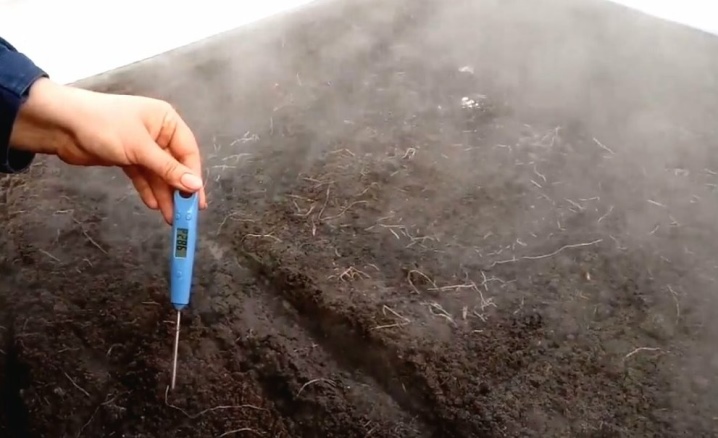
Grooves are made in the soil with a depth of 1-2 cm, they should go in rows with a row spacing of 4-5 cm. Seeds are laid out along the grooves in increments of 2 cm. After sowing, the soil surface is leveled and watered with warm water.
The containers are kept at room temperature before the seedlings begin to emerge. Make sure that the soil does not dry out. When shoots appear, the boxes are taken out to a cooler place, where the temperature regime is maintained within 10-16 degrees.
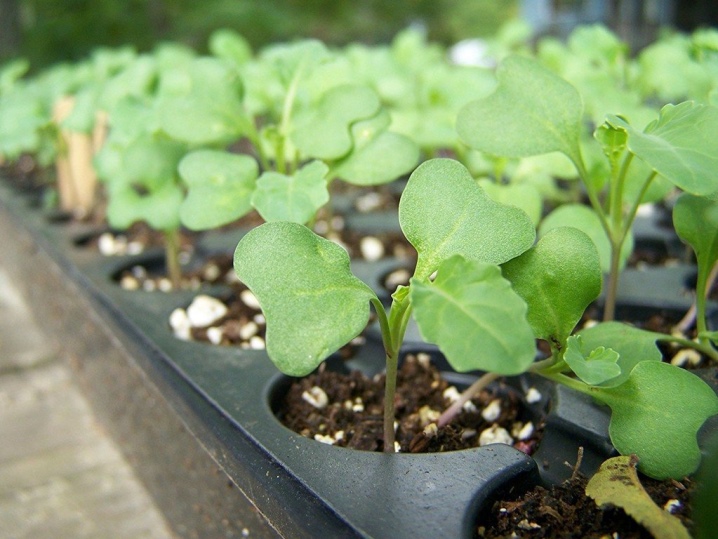
After a couple of weeks, after the first shoots appear, they are dived, that is, they are carefully removed from the container and seated in separate pots. It is better to purchase peat products, seedlings in open ground will be placed with them, without injuring weak roots.
7 days after the pick, the first feeding with superphosphate and potassium is carried out. When 5 or 6 leaves appear on the plant, it is ready to be transplanted into the beds. Plants take root better in open ground if they are hardened 10 days before planting. To do this, containers with seedlings are taken outside for the day, and returned to the room at night.

Landing in open ground
Broccoli love the sun, so you should avoid shady areas and don't plant too close together. The soil should be fertile with neutral acidity. Seeds are sown in open ground, or seedlings are planted.
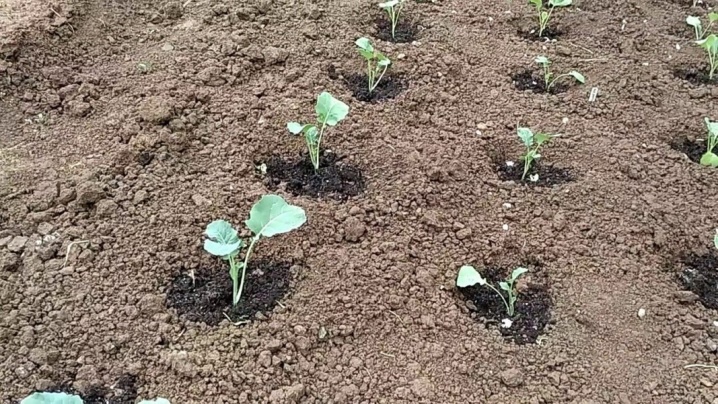
Seed planting
In this case, preparatory measures should be carried out with the planting material, as described above. The culture is planted on a cloudy March or April day (depending on the region), at a time when the frost has completely receded.
On the site, holes are made, maintaining a distance between them of 40-50 cm. In each groove, 1 tbsp is laid. l. mineral top dressing, sprinkle it with earth and spread it in the holes for 2-3 seeds, since not everyone can ascend, then it is better to remove excess shoots. The holes are covered with earth and watered.
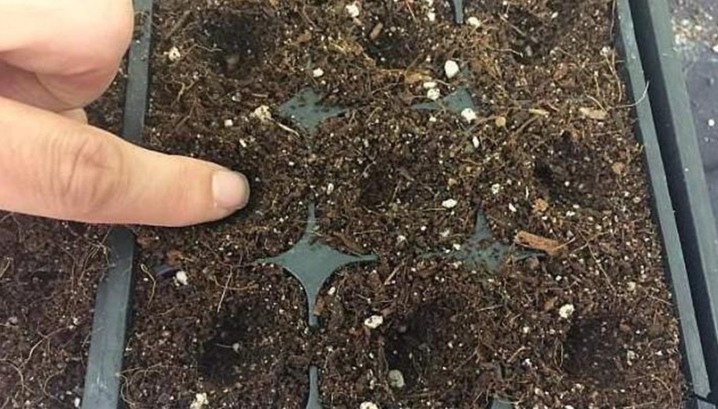
Planting seedlings
Planting is done in the morning or in the evening. The holes are made in increments of 40-50 cm. Peat and compost are placed on the bottom, a seedling is placed and sprinkled with earth to the level of the lower leaf. The soil is slightly compacted and watered.
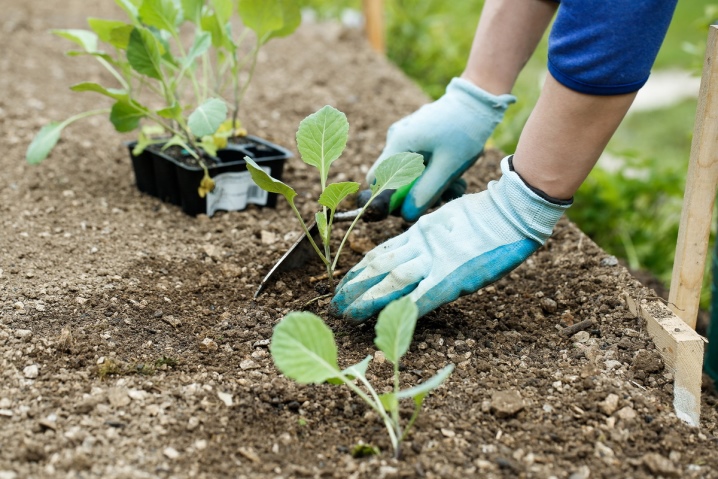
Follow-up care
Caring for broccoli is as follows.
-
Loosening and hilling are carried out periodically.
-
It is carried out during the season 3-4 feeding.
-
Water it 1-3 times a week in the morning or evening.
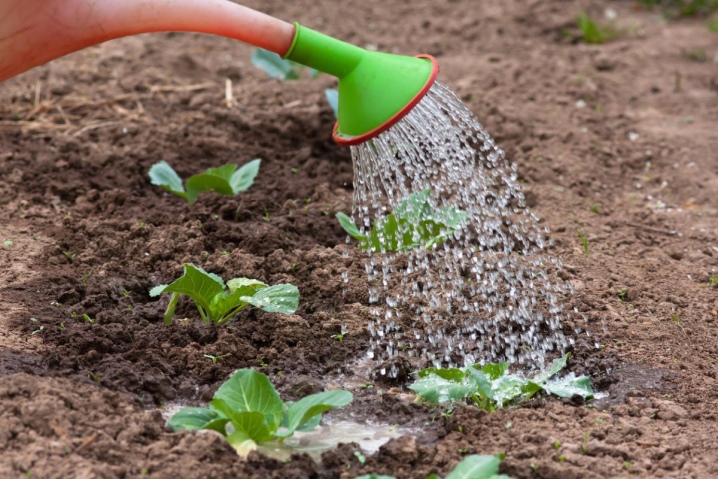
Harvesting and storage
The central head is cut as it ripens, before the plant begins to produce flower stalks. If you do this on time, lateral fruits will begin to develop, they are also edible and useful. After cutting, the plant needs to be fed with urea and potash fertilizers, this will improve the formation of the lateral heads.
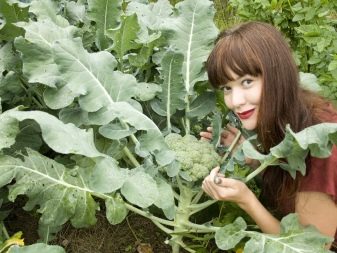
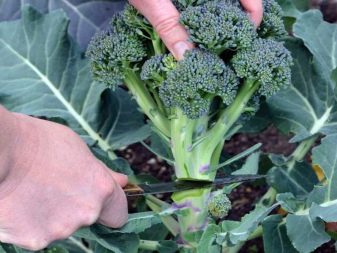
The harvested crop does not lose its juiciness for two weeks. It can be eaten fresh, in salads or canned.
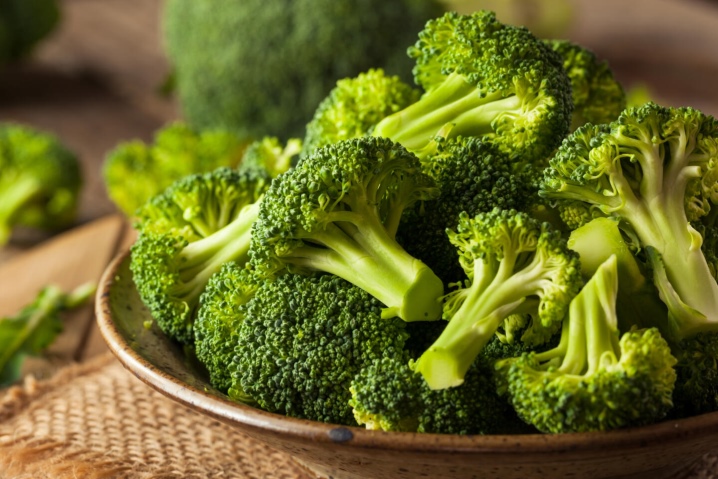













The comment was sent successfully.